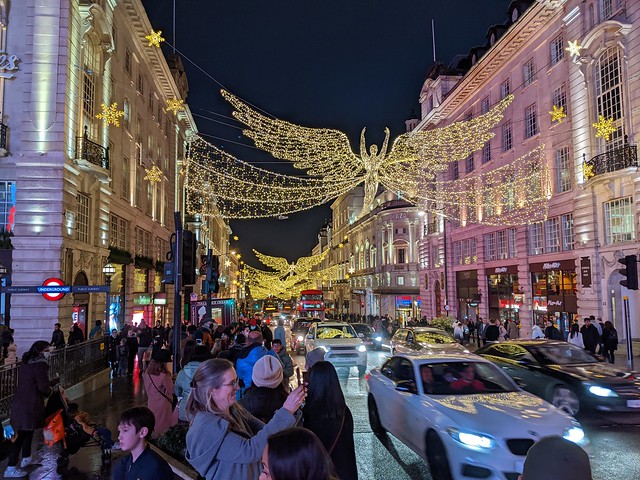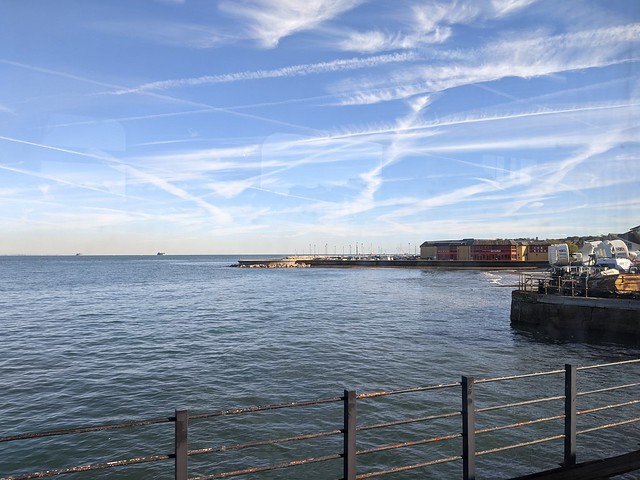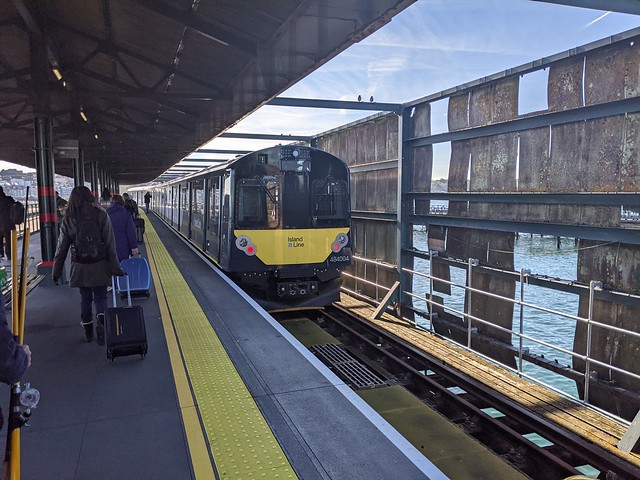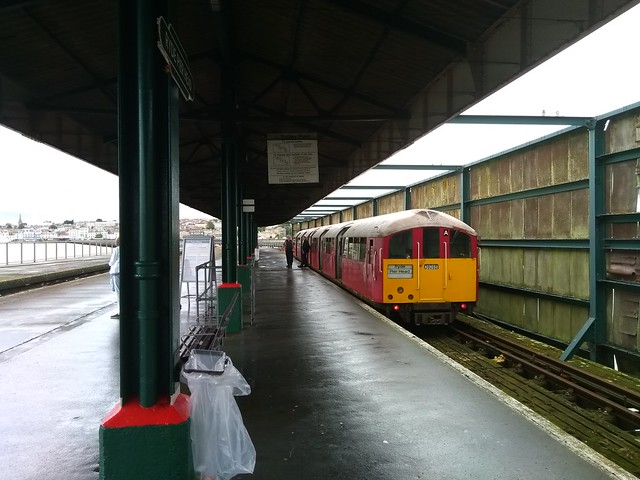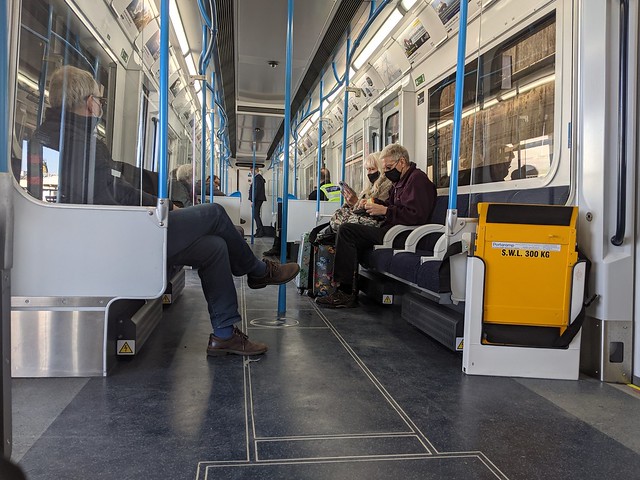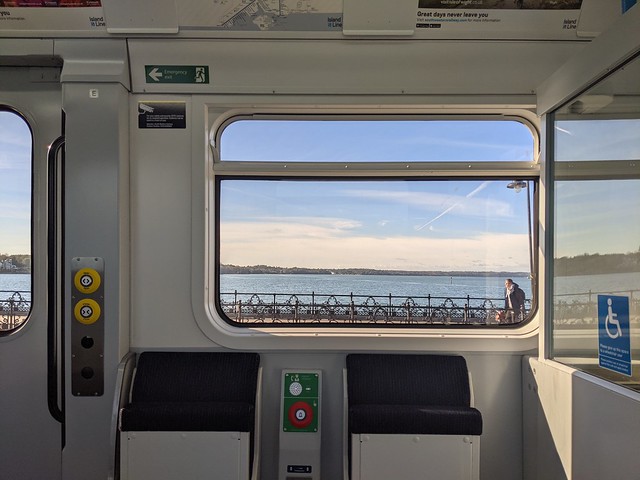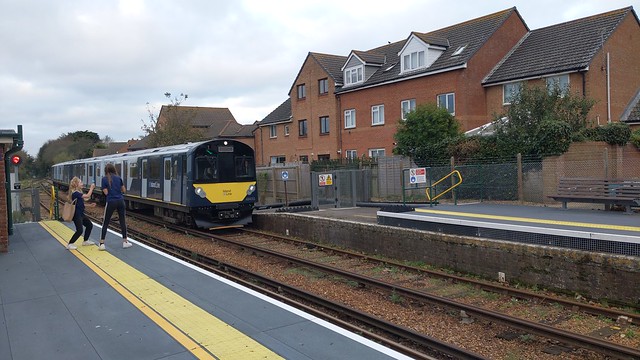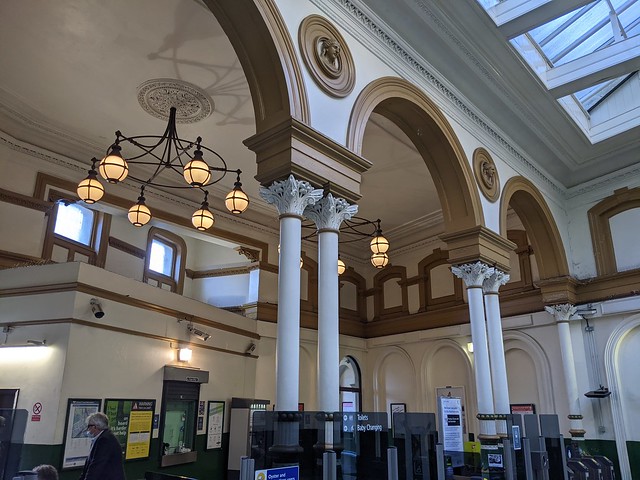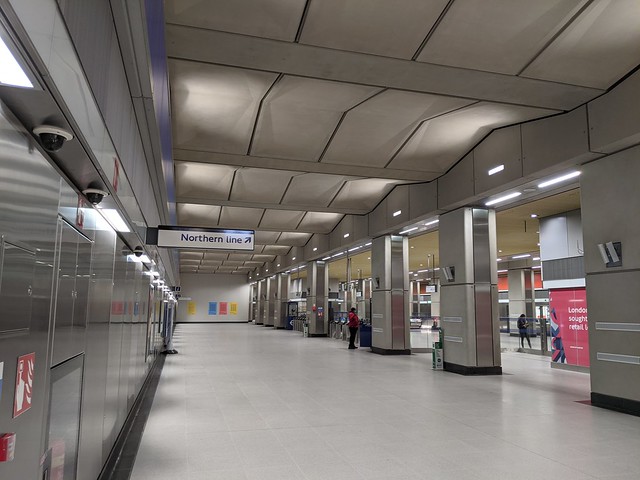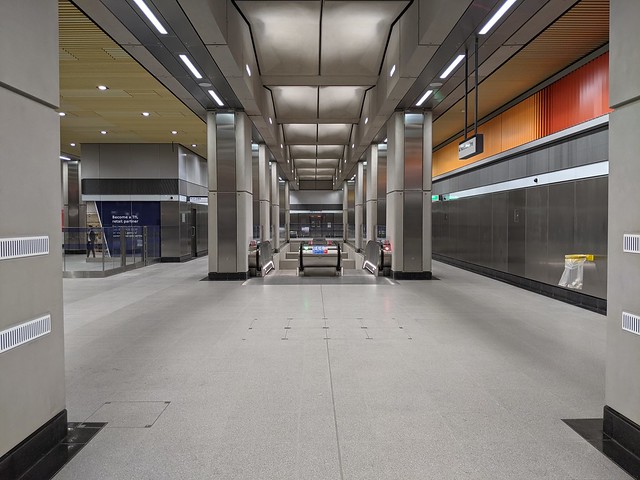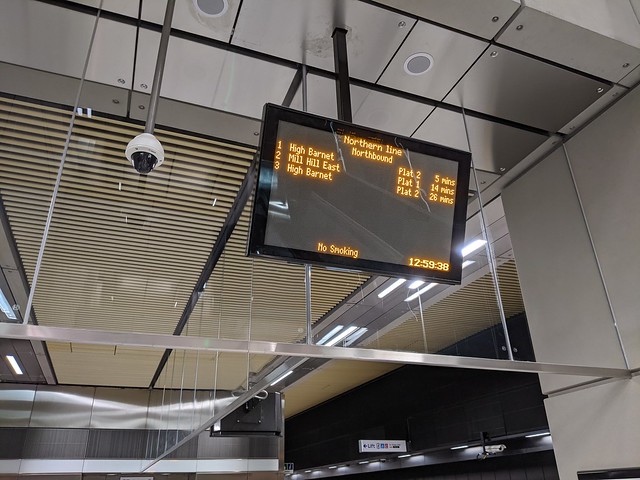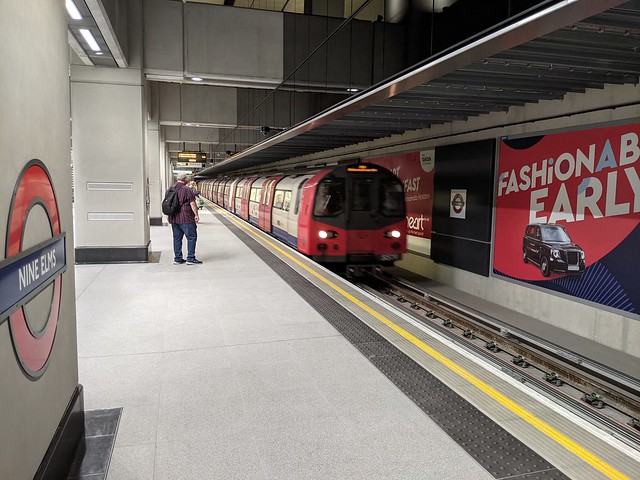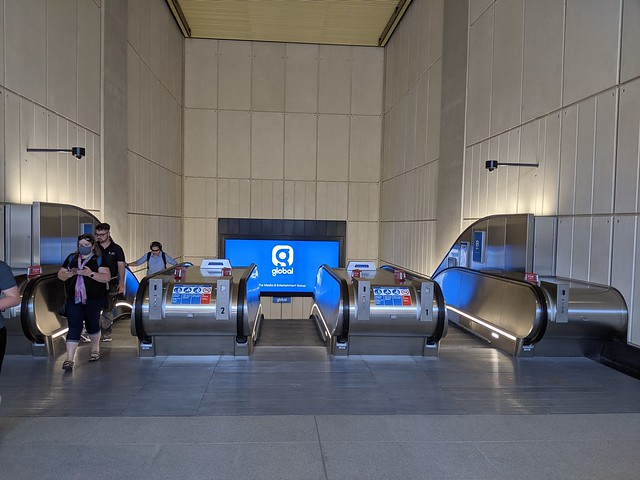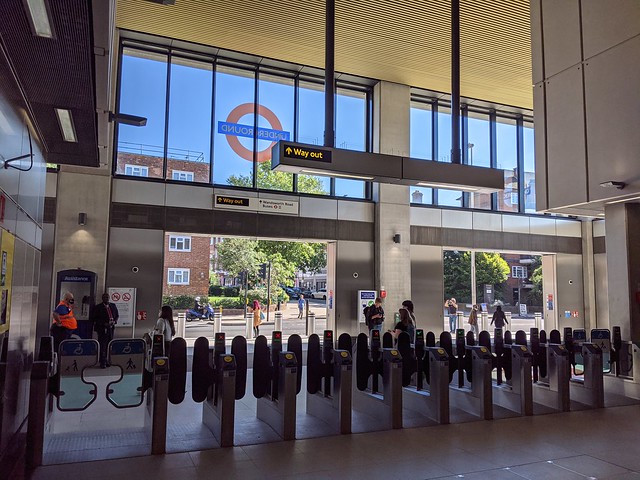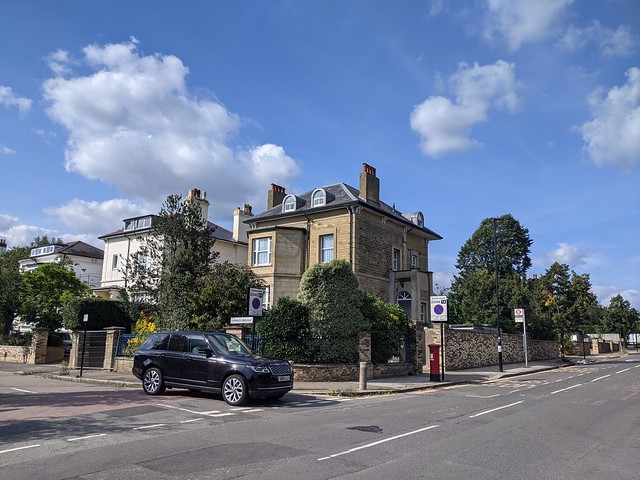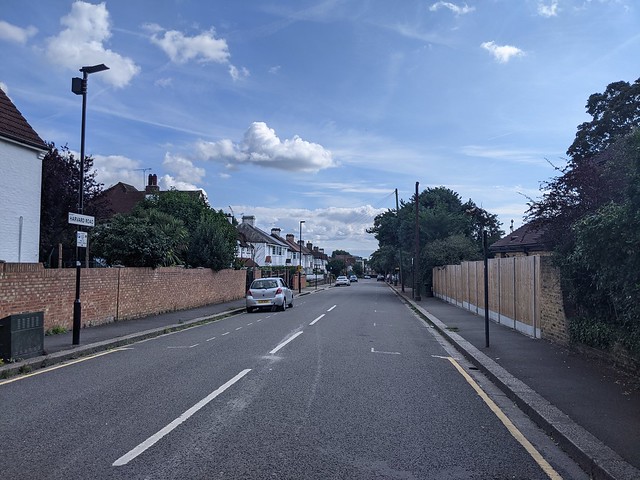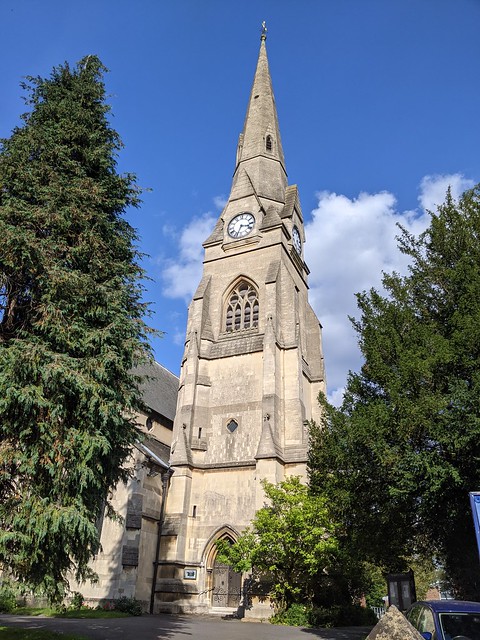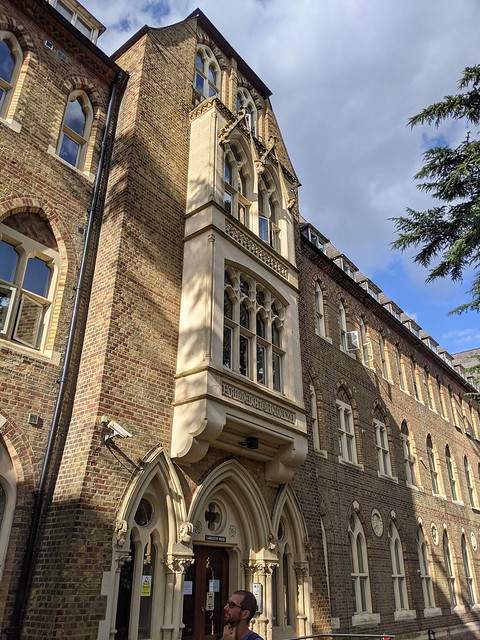Hampshire Ramble
24th November 2021
South Warnborough and Long Sutton
A countryside ramble looping out and back on a cold November day. Starting and finishing at Alton Road Cottages in the village of South Warnborough in North Hampshire. Would probably be much nicer in the summer but probably busier too.
St. Andrews Church, South Warnborough. Historic England says:
C13, C14, Cl5, and 1870. Nave and chancel of the early period with Victorian south aisle (by G E Street). Red tile roof; low-pitched slate roof over the aisle, above the gable at the west end is a broach spire and bell-turret covered in shingles. Mainly rendered walling, but flint is used for the aisle, west gables and buttresses. Most windows are lancets, with a 3-light C16 window in the chancel. Inside, the west end is occupied by the C14 framing of the bell- turret. The remains of a C15 rood screen separates the nave from the chancel. The chancel is notable for its monuments and tombs, mainly related to the Whyte family. Modern timber-framed north porch, with decorative Norman door within. The font is C19, and there is some C16 heraldic glass in the south aisle windows.

Leaving the church I turned right and right again up Froyle Lane climbing the hill for a couple of hundred metres before taking the path on the left up a bank and across the fields, overflown by a Chinook from nearby RAF Odiham. This path continued through the undulating fields and past woods for nearly 1.5km until reaching Copse Lane on the outskirts of the village of Long Sutton.

I turned right onto Copse Lane then left onto Wingate Lane, past some smart new "architecturally inspired homes in a distinctive contemporary style" and then left onto a footpath along the edge of the building site where I assume something similar will soon be built. This is “Wingate Meadow” and if you want to read the developer bolx it’s here. A bullseye short of £2million if you’re interested.
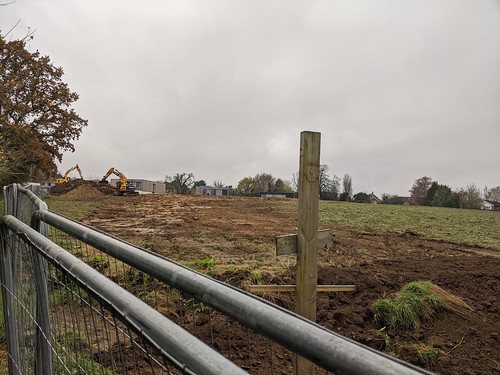
The path brought me out into the village centre next to the village hall and opposite All Saints Church, of which Historic England says:
C13, C15 and modern. Single cell of nave and chancel, with a slightly later chapel attached on the south side of the nave. All of the C13, with a modern north vestry and south porch; C15 timber-framed belfry rising through the centre of the nave. Red tile roof, bell-turret has a pyramid roof with shingles and weather-boarded walling. Walling is roughcast or rendering on flint and stone core, the new vestry is in red brick. Windows are all original lancets, with a circular light above the 2 at the east end, but there is also a traceried 2-light window on the north wall of 1340, a west window of 1862, and restored triple lancets in the east wall of the chapel. The timber-framed porch has a single-slope tile roof, scalloped barge-board, and panelled side frame above a lower wall. Inside, the main timber supports to the belfy are arch-braced( there is a chancel arch of the late C19, a single 13 arch (to the chapel) on ½-round columns, and a font. The south chapel has an ogee leaded niche above a trefoil piscina, a painted Royal Coat of Arms of George IV. 3 bells of circa 1520 are chimed.
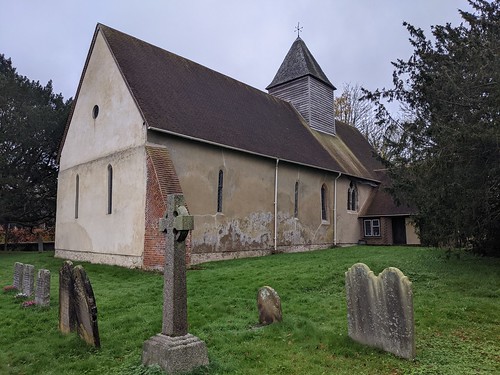
What All Saints lacks is a covered lych gate and the porch being small, dark, and with only a narrow plank of a seat I settled on the metal bench opposite for my picnic lunch and watched the passing Range Rovers while warming up with a flask of Bovril.

After a meander around the churchyard I continued along The Street passing the Old Post Office and the village pond which would have been a better picnic spot had the benches been dry.
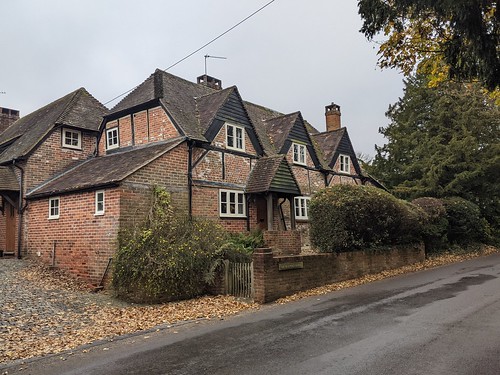
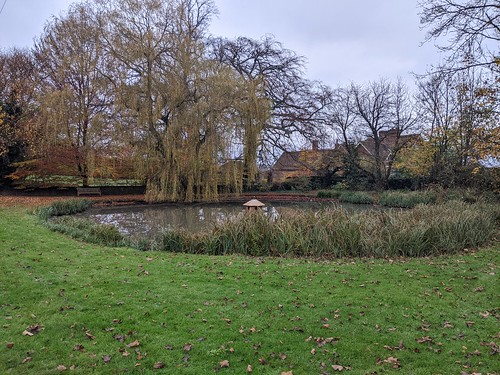
At the junction of The Street and Wood Hill Lane I was going to carry straight on into Hayley Lane but it was clear that the safer path, away from the traffic, was to cross the road and follow the field edge path for 600m until it reached the woods and then join the track, Hayley Copse Lane, heading back towards South Warnborough.

Hayley Copse Lane ran more or less parallel to and about 250m north of my outward route, through the same undulating terrain once out of the woods. The fields were very empty, didn't see a soul. The advantage of mid-week walks.

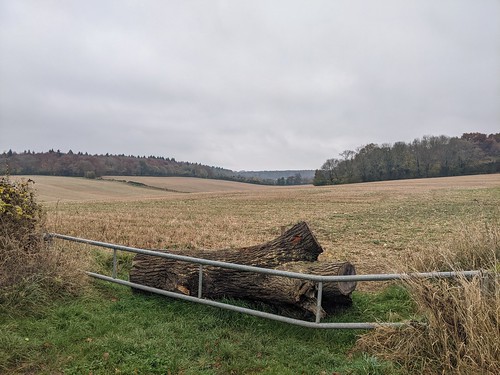
The lane brought me out onto the Alton Road and when a gap in the traffic appeared I crossed this and turned left back into South Warnborough past The Poacher Inn whose sign claimed that Sunday Lunches were now being served even though it was Wednesday. Along here I met my first pedestrian since setting out. At the crossroads by the war memorial I turned right into Lees Hill.

Lees Hill has some very quaint - and expensive, I looked it up - black and white cottages

Because climbing a steep hill only to come down again seemed like a good end to a walk I made my way to the top where the horses enjoy a good view back down into the valley. Then turned left through their field onto the public footpath back down to the Alton Road. Judging by the passive-aggressive home-made signs on the gates there could be no doubt that a: it is a public footpath, and b: that the landowner isn't entirely happy about that.

And back at the road having strictly stuck to the path I turned right back to my starting point. Nice walk, might come back when it's warmer and sunnier.



